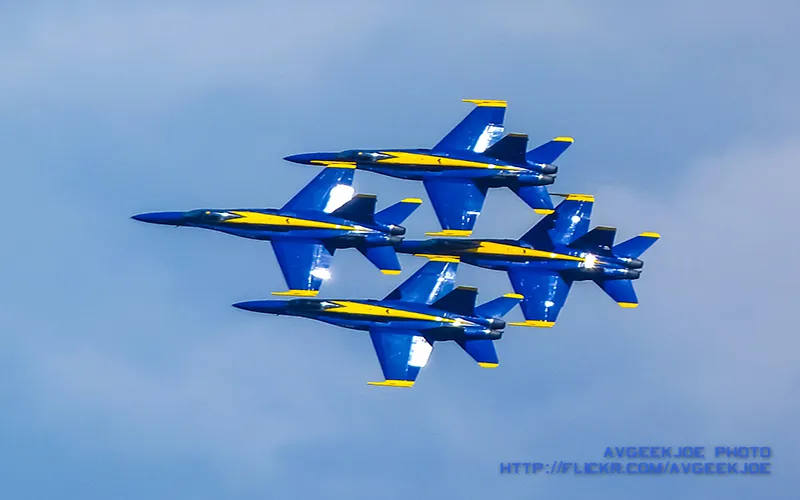A US delegation recently visited India for talks on the Defence Trade & Technology Initiative (DTTI). Under the initiative, India and the US have agreed to co-develop and produce four "path finder projects" and explore aircraft carrier technologies in the form of electro-magnetic launch system (EMALS) and jet engine technologies. The Indian Navy is keen on acquiring the EMALS for its second indigenous aircraft carrier (IAC), the INS Vishal. The Navy's intent on acquiring this system highlights the lack of planning in the acquisition of platforms which would help the Navy leverage economies of scale, common logistics and training chains increasing affordability given its budgetary limitations.
Currently, the Indian Navy operates the Russian origin INS Vikramaditya which is a short take-off but arrested recovery (STOBAR) carrier with steam propulsion system. It operates the Mig-29K off it decks and a mix of helicopters. In 2018, the Navy will induct the IAC-1 the INS Vikrant, a gas propulsion STOBAR carrier. It is expected to similarly operate the Mig-29K and the naval variant of the HAL Tejas apart from an assortment of helicopters. The second IAC, the INS Vishal was initially envisaged to be a larger version of the INS Vikrant displacing 65,000 tonnes. Its final form has now become a matter of debate. Will it have a nuclear or conventional propulsion system? Will it be equipped with a STOBAR or catapult assisted take-off but arrested recovery (CATOBAR) system in the form of EMALS?
If the Navy does decide to adopt the EMALS, it will acquire the ability to launch both heavier and lighter aircraft (unmanned aerial vehicles) as the system can be accurately calibrated to the weight of the aircraft being launched. An important capability if the Navy wants to launch lighter unmanned aerial aircraft from its carrier decks in the future. The system regulates acceleration which reduces structural stress on the airframes and at the same time achieving more launches. Will the Navy be able to use the aircraft it has acquired for STOBAR on CATOBAR carrier? Yes, the Mig-29K's the Navy is currently operating and the naval Tejas would require minor modifications to their nose gear to accommodate a catapult mechanism. Reports however suggest that the Navy is keen to operate a heavier and more capable aircraft if it were to adopt the EMALS.
With the current Mig-29K and naval Tejas in the near future, the Navy will be operating two very different fleets of aircraft for its aircraft carriers. Fleet acquisition and life cycle costs are increased by fielding multiple configurations for similar capabilities across different aircraft. Both aircraft field different engines, the Mig-29K is equipped with two Russian RD-33 while the Tejas is currently equipped with a version of the American General Electric 404, in the future it is expected to be equipped with a General Electric 414 . Also in need of addressal is whether both these aircraft will have common systems in the form of weapons, radar, and voice and data communications to achieve interoperability. Will a Mig-29K pilot be able to share data and communicate live with a Tejas pilot during operations? The lack of engine and systems commonality will not only increase the cost in the form of maintenance, acquisition of spares, but also that of training two different sets of pilots and maintenance crews.
The aircraft carriers too have very little in common in the form of equipment, propulsion or operating procedures making integration and inter-operability a difficult task for Navy. As mentioned earlier, the INS Vikramaditya runs on steam propulsions, the INS Vikrant will run on gas propulsion and the INS Vishal could land up running nuclear or gas propulsion. This lack of platform commonality increases the number of unique components and systems the Navy has to procure for its inventory. The lack of commonality in platforms or systems aboard these war fighting platforms also in turn increases the Navy's logistics footprint, maintenance and training costs. If the Navy decides to configure the future INS Vishal with the EMALS and go nuclear with its propulsion, it would land up having to maintain three sets of crews trained on different systems and each of their training chains. Similarly, the air wings on these carriers operating two different fighter aircraft would require the establishment and maintenance of two training chains for its pilots and technicians.
In light of the economic climate and the government's spending capabilities, the Navy needs to comprehensively review the performance of the systems it wants to acquire and its potential trade-offs, rather than accessing each technical requirement or performance need in isolation. It is time that Indian defence forces start planning for interoperable and integrated war fighting capabilities, which not only increases its war fighting ability but also improve affordability by reducing acquisition, operating, integration and training costs.
(The writer is a Research Intern at Observer Research Foundation, Delhi)
The views expressed above belong to the author(s). ORF research and analyses now available on Telegram! Click here to access our curated content — blogs, longforms and interviews.




 PREV
PREV


